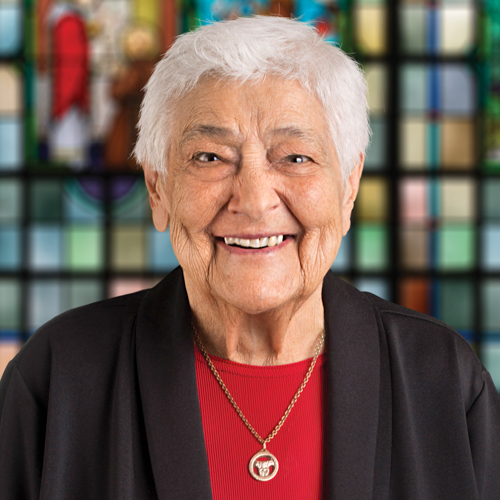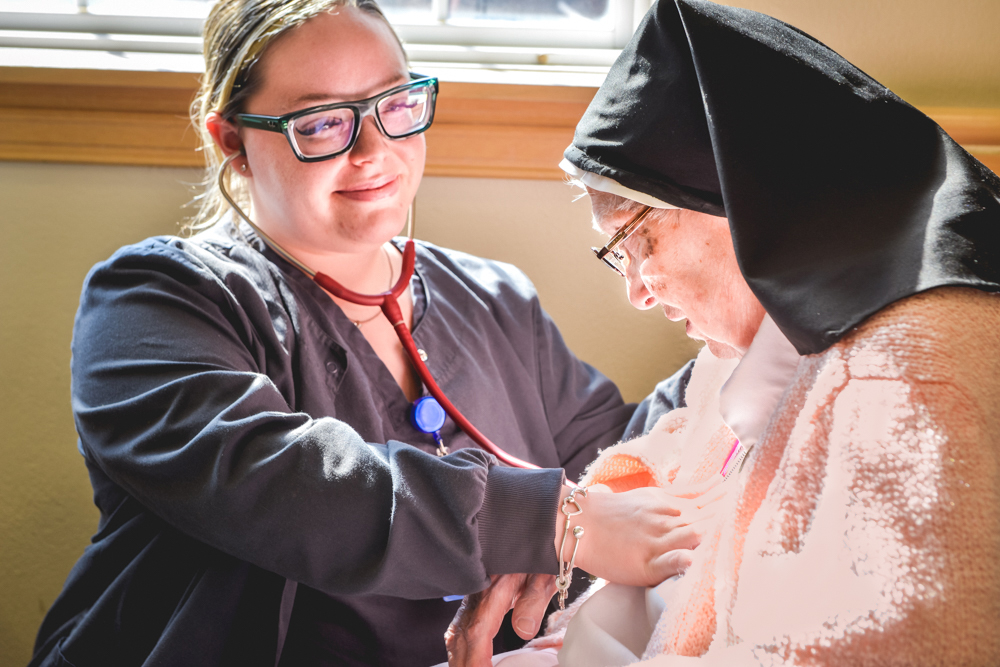
The Need
Across the United States, hundreds of religious communities lack financial resources sufficient to meet the retirement and health-care needs of aging members.
Lack of funds
Of 476 communities providing data to the National Religious Retirement Office (NRRO), only 27 are adequately funded for retirement. (See chart.) Historically, Catholic sisters, brothers, and religious order priests—known collectively as women and men religious—received very little pay. Any surplus funds were reinvested in ministry and the education of younger members. As a result, hundreds of US religious communities lack adequate retirement savings.

Rising costs
Like many Americans, religious communities face the monumental challenge of funding eldercare. Currently, the average annual cost of care for women and men religious past age 70 is nearly $60,000 per person. Skilled care averages $90,700. The total cost of care for senior women and men religious in the United States has exceeded $1 billion annually for each of the last 16 years.
Changing demographics
During the early and mid-twentieth centuries, the Catholic Church in the United States experienced a surge in vocations to religious life, with numbers peaking in the mid-1960s. Care for elderly members was provided largely by younger ones. Over time, however, the number of vocations decreased while lifespans increased. The result is far fewer younger members available to support the retirement and eldercare needs of senior members. Currently, 71 percent of the religious communities providing data to the NRRO have a median age of 70 or older. (See chart.)